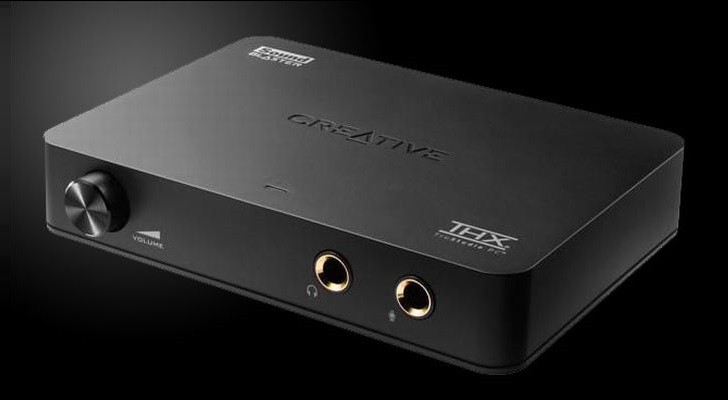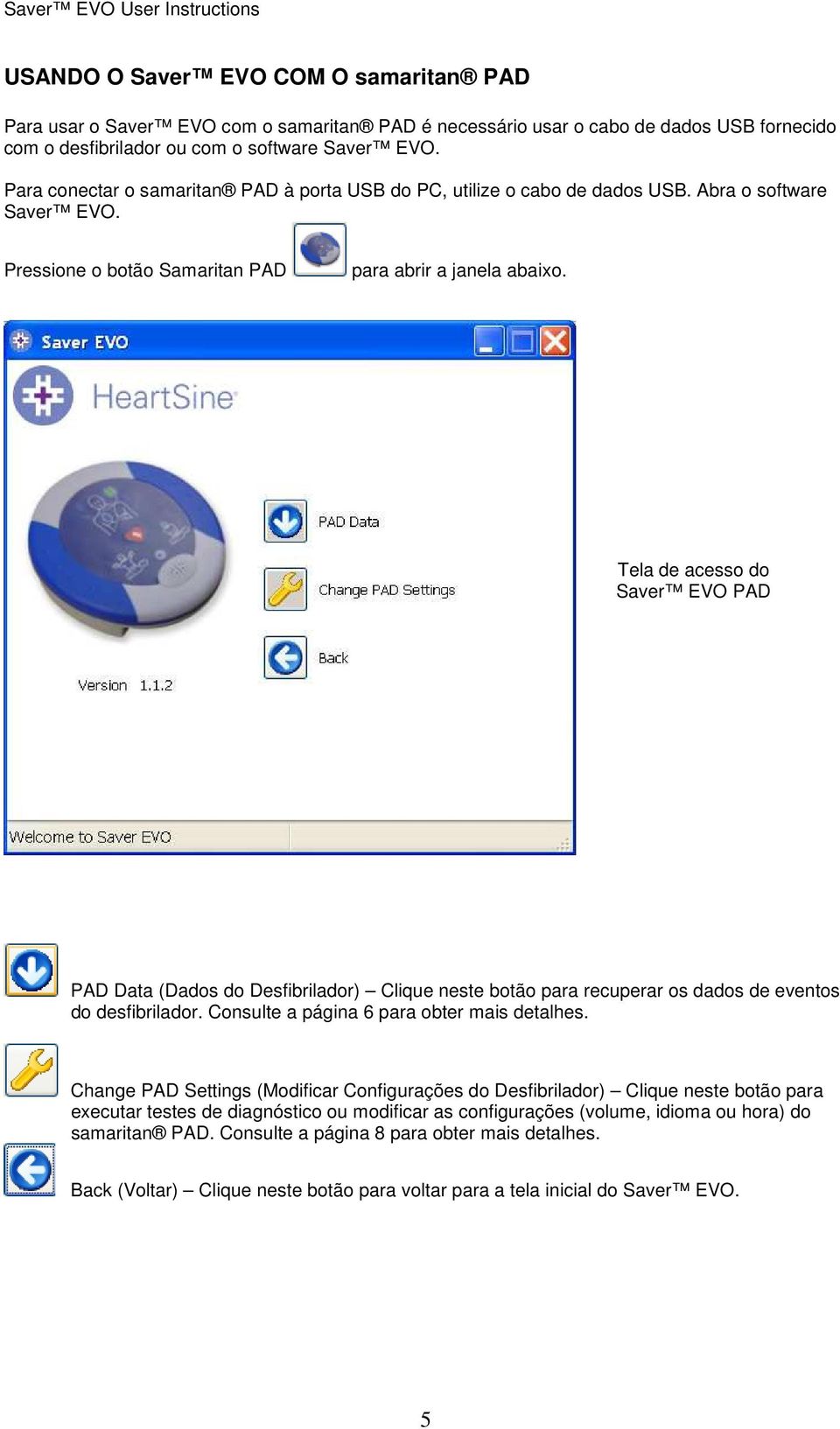- Heartsine Usb Devices Driver Download For Windows 10 32
- Heartsine Usb Devices Driver Download For Windows 10 Free
- Heartsine Usb Devices Driver Download For Windows 10 64

- In order to manually update your driver, follow the steps below (the next steps): 1. Extract the.cab file to a folder of your choice 2. Go to Device Manager (right click on My Computer, choose Manage and then find Device Manager in the left panel), or right click on Start Menu for Windows 10 and select.
- Use this application to backup and restore presentation, pictures, songs and applications from and to USB Flash Drive devices and take them with you. Use USB Flash Drives to store personal data, to keep your network configuration and to share information with your friends. Microsoft USB Flash Drive.
Before you begin

All devices operating in MTP mode are supported. Note: The MTPdrive is not a replacement for the device's factory (or Windows default) device driver. You must be able to connect your device to the computer and have it visible in the Windows Explorer, before it.

Heartsine Usb Devices Driver Download For Windows 10 32

Heartsine Usb Devices Driver Download For Windows 10 Free

Driver updates for Windows 10, along with many devices, such as network adapters, monitors, printers, and video cards, are automatically downloaded and installed through Windows Update. You probably already have the most recent drivers, but if you'd like to manually update or reinstall a driver, here's how:
Heartsine Usb Devices Driver Download For Windows 10 64
Update the device driver
In the search box on the taskbar, enter device manager, then select Device Manager.
Select a category to see names of devices, then right-click (or press and hold) the one you’d like to update.
Select Search automatically for updated driver software.
Select Update Driver.
If Windows doesn't find a new driver, you can try looking for one on the device manufacturer's website and follow their instructions.
Reinstall the device driver
In the search box on the taskbar, enter device manager, then select Device Manager.
Right-click (or press and hold) the name of the device, and select Uninstall.
Restart your PC.
Windows will attempt to reinstall the driver.
More help
If you can't see the desktop and instead see a blue, black, or blank screen, see Troubleshoot blue screen errors or Troubleshoot black or blank screen errors.
